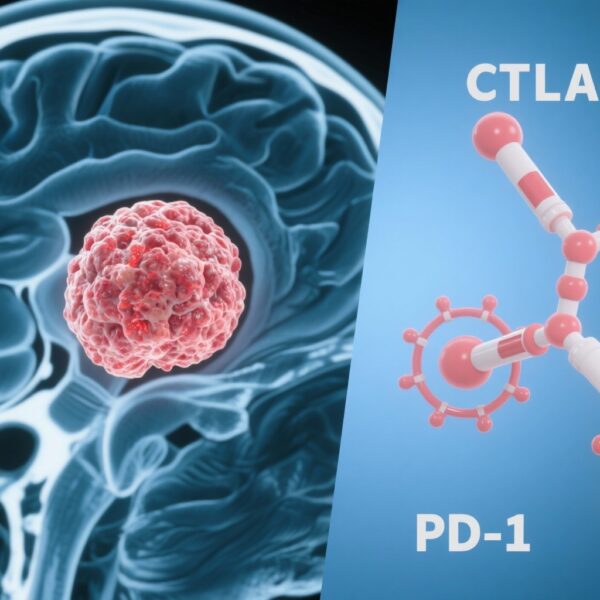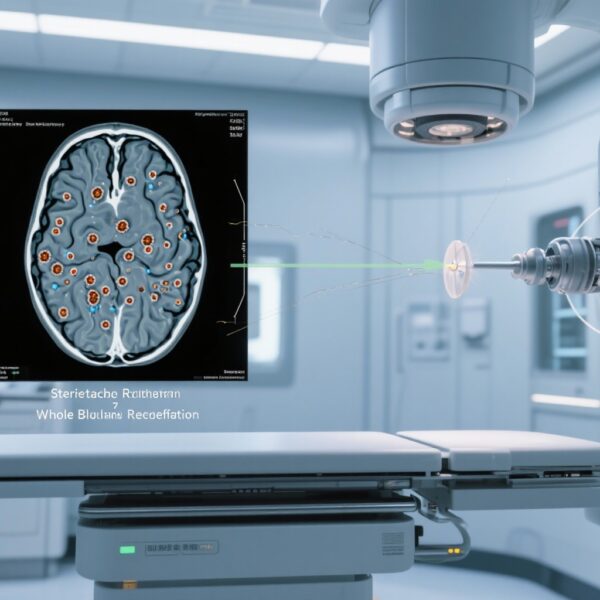Highlight
– PET-guided BrECADD chemotherapy achieves an 82% complete remission rate in older patients with advanced-stage classic Hodgkin lymphoma (AS-cHL).
– Treatment is feasible with 89% of patients completing the prescribed cycles and no treatment-related deaths.
– Two-year progression-free survival (PFS) and overall survival (OS) rates exceed 90%, matching outcomes seen in younger populations.
– Health-related quality of life (HRQoL), initially impaired, improves post-treatment to approach general population norms.
Study Background and Disease Burden
Classic Hodgkin lymphoma (cHL) is a highly curable lymphoid malignancy, yet outcomes and treatment tolerability significantly vary by age. Older patients (typically over 60 years) with advanced-stage cHL face greater challenges due to comorbidities, reduced physiologic reserve, and increased chemotherapy toxicity risks. Standard regimens incorporating anthracyclines demonstrate efficacy in younger cohorts but often cause unacceptable toxicity in older adults.
Recent advances include brentuximab vedotin, a CD30-directed antibody-drug conjugate, combined with chemotherapy to enhance efficacy while potentially limiting anthracycline exposure. The German Hodgkin Study Group (GHSG) HD21 trial previously showed that PET (positron emission tomography)-guided treatment using BrECADD (brentuximab vedotin, etoposide, cyclophosphamide, doxorubicin, dacarbazine, dexamethasone) regimens effectively treat younger patients with AS-cHL, balancing intensity with safety.
However, data on feasibility and efficacy of this strategy specifically in older patients have been lacking. This patient group exhibits unique vulnerability to chemotherapy toxicities and treatment-related morbidity, underscoring the need for tailored approaches. This single-arm phase II cohort thus sought to evaluate PET-guided BrECADD as first-line treatment in older patients aged 61-75 years with AS-cHL.
Study Design
This prospective, multicenter study enrolled 85 patients aged between 61 and 75 years diagnosed with advanced-stage cHL. It was embedded as a dedicated cohort within the larger GHSG HD21 trial (ClinicalTrials.gov identifier: NCT02661503). Treatment intensity was adapted using PET/computed tomography (CT) after two cycles (PET2) of BrECADD.
– Patients with negative PET2 (indicating good early response) received a total of 4 cycles of BrECADD.
– Patients with PET2-positive scans (suggesting residual tumor activity) underwent 6 cycles.
The primary endpoint was the complete remission (CR) rate as centrally reviewed after end of chemotherapy (EOC). Secondary endpoints included treatment feasibility (completion rates), adverse events (AEs), treatment-related morbidity (TRMB), progression-free survival (PFS), overall survival (OS), and health-related quality of life (HRQoL).
Key Findings
Among the 83 patients evaluable in the intention-to-treat analysis, the median age was 67 years. Key efficacy and safety outcomes were as follows:
– Toxicities: Grade 3 or higher toxicities were common, most notably leukopenia (96%), thrombocytopenia (86%), anemia (69%), and febrile neutropenia (55%). Despite frequent hematologic toxicity, no treatment-related deaths occurred.
– Treatment completion: 60% of patients had negative PET2 and received 4 cycles, while 40% received 6 cycles as per protocol. Overall, 89% achieved the target number of chemotherapy cycles, indicating good treatment feasibility in this older cohort.
– Complete remission: CR rate at EOC was 82% (95% CI, 72-90%), reflecting robust anti-lymphoma activity comparable to younger patients treated similarly.
– Survival: At 2 years, PFS was 91.5% (95% CI, 85-98%) and OS was 90.8% (95% CI, 84-98%), demonstrating durable disease control and patient survival.
– Quality of life: Patients initially showed impaired HRQoL metrics but experienced significant improvement during follow-up, ultimately approaching normal population values. This suggests that treatment did not have lasting negative impact on patient-reported health status.
Expert Commentary
This trial addresses an important unmet need by evaluating a nuanced PET-adapted therapeutic strategy combining brentuximab vedotin and multiagent chemotherapy tailored for older patients with AS-cHL. The high CR and survival rates confirm that effective disease control is attainable without unacceptable toxicity or treatment-related mortality in a population traditionally considered difficult to treat.
The use of PET-guided therapy permits treatment de-escalation in early responders, sparing some patients additional chemotherapy cycles and potentially reducing cumulative toxicity. Furthermore, the incorporation of brentuximab vedotin may allow for reduced reliance on anthracyclines, which pose heightened cardiac risks for older adults. This regimen’s safety and efficacy profile align with emerging consensus that precision, response-adapted therapy improves outcomes in lymphomas.
Limitations include the single-arm design and absence of a direct comparator arm, which restricts definitive conclusions about superiority versus standard regimens. Selection bias favoring fitter older patients capable of tolerating intensive therapy may also influence results. Future phase III trials comparing PET-guided BrECADD with other frontline regimens specifically in older patients would be valuable.
Biologically, CD30 targeting exploits a lymphoma-specific marker, enhancing therapeutic specificity. The successful translation of such targeted agents into elderly cohorts highlights evolving personalized approaches in lymphoma treatment.
Conclusion
This prospective, multicenter phase II cohort demonstrates that PET-guided BrECADD chemotherapy is feasible, safe, and highly effective as first-line treatment for patients aged 61-75 years with advanced-stage classic Hodgkin lymphoma. The high complete remission rate and excellent two-year PFS and OS outcomes, together with manageable toxicity and recovered quality of life, support BrECADD as a valuable treatment option for older patients.
Importantly, PET-adapted therapy allows individualized treatment duration based on early response, potentially mitigating overtreatment and reducing long-term adverse effects. Given these findings, BrECADD should be considered within therapeutic armamentarium for older AS-cHL patients, and further investigation in randomized trials is warranted to establish its comparative efficacy.
References
1. Ferdinandus J, Kaul H, Fosså A, et al. Positron Emission Tomography-Guided Brentuximab Vedotin, Etoposide, Cyclophosphamide, Doxorubicin, Dacarbazine, and Dexamethasone in Older Patients With Advanced-Stage Classic Hodgkin Lymphoma: A Prospective, Multicenter, Single-Arm, Phase II Cohort of the German Hodgkin Study Group HD21 Trial. J Clin Oncol. 2025 Sep 20;43(27):2974-2985. doi:10.1200/JCO-25-00439.
2. Evens AM, Horning SJ. Hodgkin lymphoma in older patients: progress and challenges. J Clin Oncol. 2019;37(13):1079-1080.
3. Younes A, et al. Brentuximab Vedotin Combined with Chemotherapy for Stage III or IV Hodgkin’s Lymphoma. N Engl J Med. 2018;378:331-344.
4. Cheson BD, et al. Revised response criteria for malignant lymphoma. J Clin Oncol. 2007;25(5):579-86.



